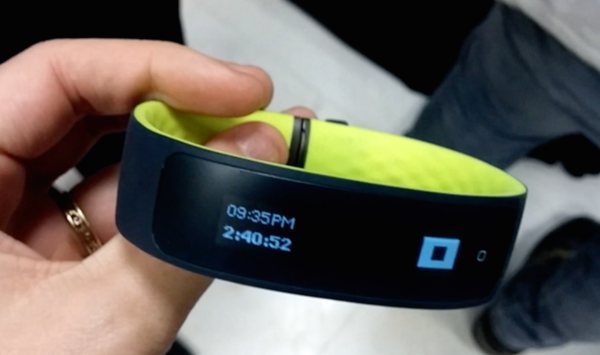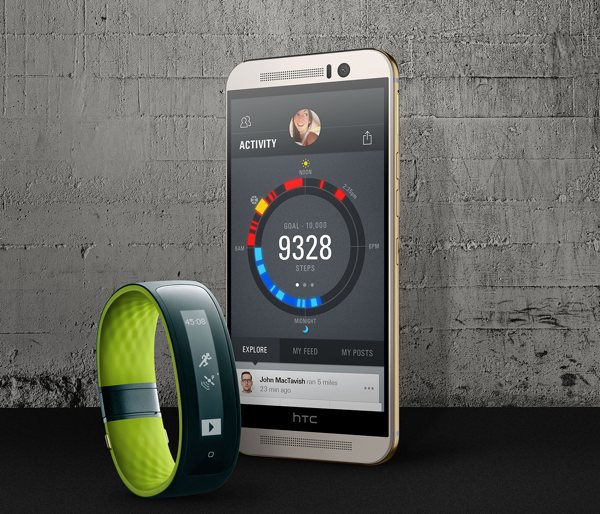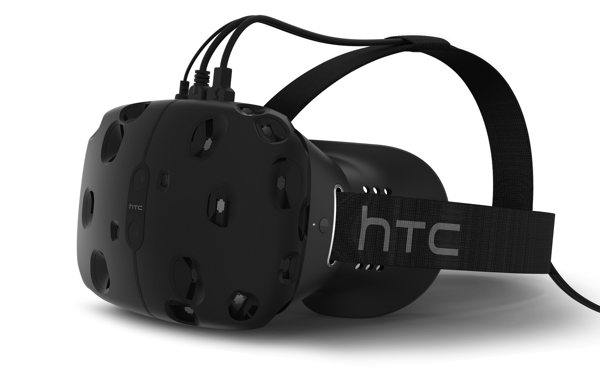
The HTC Grip will target sports fanatics, while the HTC Vive is a VR headset produced in partnership with Valve.
It’s been widely speculated that HTC would get into the wearables space after announcing a partnership with Under Armour at CES 2015.

The first of those devices will be the rather chunky HTC Grip, a fitness band that, according to HTC representatives, will be aimed squarely at serious performance athletes, as distinct from the more “casual” step tracking market targeted by devices such as Fitbit or Jawbone’s Up.

As such, the Grip comes with pre-programmed setups for a number of sports activities, as well as the usual step and sleep tracking, and time functions. It’s going to be available in three fixed sizes, but there’s no set word on when we’ll see it in Australia or its going RRP. HTC representatives told Fat Duck Tech that they expect it to be “competitively priced”, but that could be within a wide swathe of pricing given how cheap some trackers actually are right now.
For more on the HTC Grip, check out my short hands on video below.
I’ve not had time as yet to take it for a proper run or cycle, but first impressions are that while it seems like a solid enough band, it’s perhaps not going to supplant either devices with an inbuilt heart rate sensor, or dedicated sports watches of the Garmin Fenix style, although it does have inbuilt GPS. Battery life was stated at around 2.5 days with GPS disabled, or 5 hours with GPS consistently in use.
The other, and more surprising entry in HTC’s device offering is the HTC Vive, a VR headset that it’s building on Valve’s SteamOS with, according to HTC, input from Valve on both the software and hardware fronts. Initially released in a developer edition, HTC plans to have consumer devices in market by Christmas 2015.

HTC’s big pitch with the HTC Vive is that while other VR headsets used fixed positioning such that if you walk in the real world nothing changes in the virtual space, the Vive will take into consideration your actual real world location. Unlike devices such as Samsung’s Gear VR, the Vive won’t use a phone as a drop-in screen.
HTC’s contention here according to representatives is that this avoids headaches, and that fixed position VR isn’t that great anyway. It will feature positional controllers to enable functions such as gameplay, although despite the tie-up with Valve, HTC’s vision for the HTC Vive is for more fanciful VR work, right up to and including surgery.
HTC’s talked up all sorts of entertainment possibilities; while Valve is the key partner, at the launch they also name dropped Google, Disney and HBO, for example. Is anyone ready for VR Game Of Thrones?
Valve will be showing developers the Vive at GDC this week, as well as limited demos at MWC.
Alex Kidman travelled to Mobile World Congress in Barcelona as a guest of HTC